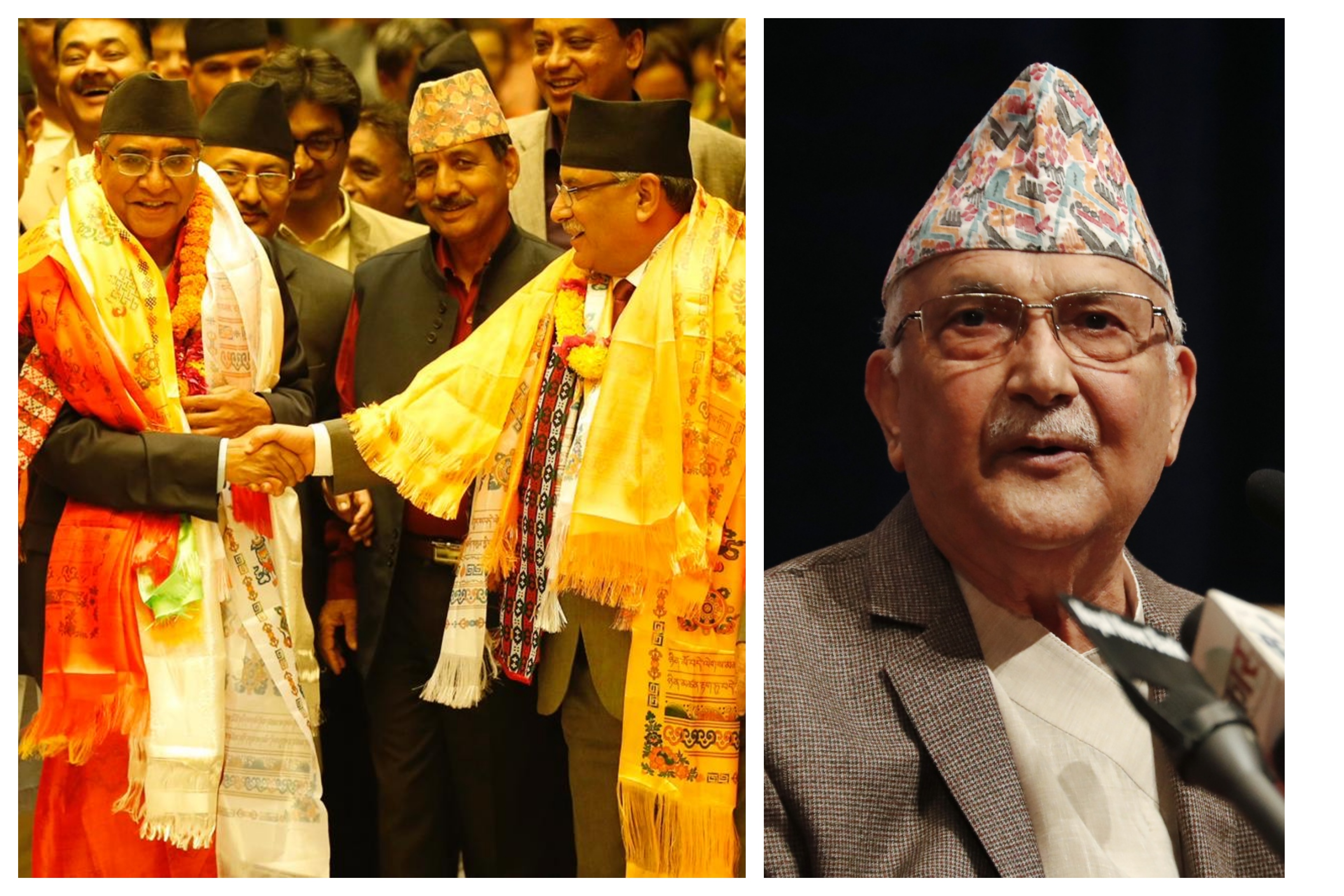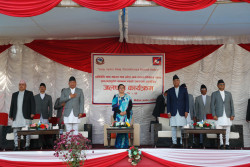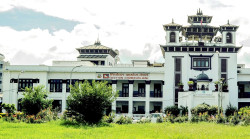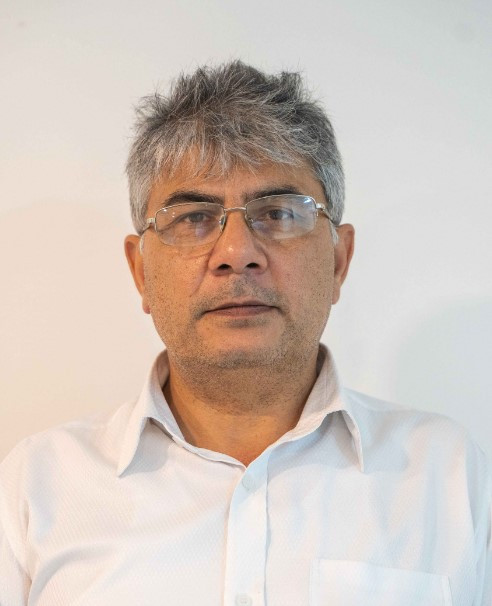Elections 2022

President Bidhya Devi Bhandari has given a seven-day deadline for political parties to form a coalition government composed of two or more parties under Article 76(2) of the Constitution.
A government under Article 76(2) is a constitutional necessity because no single party commands the majority – the magic number being 138 – in the 275-member House of Representatives.
That means Nepali Congress, CPN-UML and CPN-Maoist have till 5 pm, Sunday, December 25, to give a solution.
Next prime minister
So, who are the top contenders?
Let us look at the political undercurrents with the safest statement: The political scenario is just too fluid. It could go any which way. After all, political ambitions are at play.
Also at play are individual desires to gain control of power to advance personal interests and expand spheres of influence within the respective parties.
This could be the last or a lost chance to become a prime minister for NC president Sher Bahadur Deuba, UML Chair KP Sharma Oli and Maoist supremo Prachanda.
At this point, one of the three appears destined to be the prime minister. Of course, Congress youth leader Gagan Thapa could be a dark horse; but as things stand this is a remote possibility.
What about Dr Shekhar Koirala then? In the recent weeks following the elections, Koirala has made public his intent to bid for premiership, but he has prudently maintained a low-key attitude as he assesses political developments within his own party and beyond.
Since posturing himself as the next prime minister in the run-up to the November 20 election, Thapa on the other hand appears to have gone to the point of no return in his pursuit of premiership.
According to Congress insiders, Koirala is less likely – rather unlikely – to back Thapa as parliamentary party leader. Some even go to the extent of suggesting that Koirala and Thapa have fallen apart lately.
Such intra-party dynamics in the Nepali Congress limits the number of front runners to three: Deuba, Oli and Prachanda.
Let us look at a couple of scenarios unfolding:
Ruling alliance continues
A coalition of the five-party ruling alliance that took shape with Oli’s ouster in July 2021, would have been the logical course of events because the five-party alliance stands, at least, till date.
If this alliance sticks together and continues, Deuba could lead the government with power-sharing agreements.
But the thing is Prachanda sees himself as the next prime minister. He is said to have lobbied the young Congress leaders and newly elected Members of Parliament in the past week. He reportedly offered the presidency to Deuba. Deuba declined.
Both Prachanda and Deuba are engaged in intense negotiations to win over each other.
Alternative alliance
UML Chair Oli is said to have entered the race with an irresistible offer to Prachanda: The Maoist supremo heads the government as prime minister for the first two years after which Oli would take over.
But then there is a catch: UML also wants two key high offices – President and the Speaker of the House. If this option materialises, Maoist party will get the deputy president and the deputy speaker. Prachanda has not accepted or declined the offer.
Should Prachanda say yes to Oli’s offer, the UML would bring on board Rastriyta Swatantra Party and Rastriya Prajatantra Party.
In this case, there might be a four-party alliance composed of UML-Maoist-Swatantra Party and the RPP, which together control 144 seats. Oli has already met with RSP President Rabi Lamichhane, whose party has expressed an intent to join the government.
Lamichhane and his party would prefer a UML-Maoist-led coalition to a Congress-led coaltion. If this proposition materialises and Oli would have his way, this could come at the expense of many smaller parties, including his betenoire Madhav Kumar Nepal.
Prachanda is less likely to rise to the occasion even if he gets the premiership because he and Nepal have lately been contemplating merging their parties.
“Democratic alliance”
Nepali Congress and other democratic parties are reportedly also looking at forging an out-and-out democratic alliance.
But keeping all left forces in the opposition could be a rather risky business because the government could be too unstable and running the administration with the likes of UML and Maoists in the opposition would be a recipe for disaster.
At least now this option looks a bit too remote.






